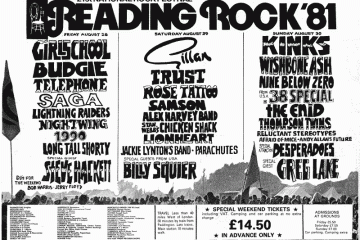Understanding Bonfire Night: History and Celebrations

Introduction to Bonfire Night
Bonfire Night, also known as Guy Fawkes Night, is observed annually on the 5th of November across the United Kingdom. This significant event commemorates the foiling of the Gunpowder Plot in 1605, where Guy Fawkes and his associates attempted to blow up the Houses of Parliament. The night is marked by bonfires, fireworks, and the burning of effigies of Guy Fawkes, which has evolved into a vibrant celebration. Understanding the history and traditions surrounding Bonfire Night is crucial, as they embody key aspects of British culture and collective memory.
The Historical Context
The Gunpowder Plot was a failed attempt to assassinate King James I and restore a Catholic monarchy. After its failure, November 5th was declared a day of thanksgiving, and to commemorate this event, people began lighting bonfires in celebration. Over the years, this tradition has expanded, evolving into public celebrations featuring pyrotechnics and gatherings in various communities. Today, Bonfire Night holds a dual significance, both as a reminder of the historical event and as a communal occasion, bringing families and friends together.
Modern Celebrations
In contemporary society, Bonfire Night has transformed into a highly anticipated event with numerous organised displays and local celebrations. Cities and towns across the UK host large public bonfires and firework displays, attracting thousands of spectators each year. Notable celebrations can be found in cities like London, where vast crowds gather to witness spectacular firework shows. Many communities see local charities and organisations benefit from these events, as funds raised often go towards local causes.
In addition to the fireworks, traditional food such as toffee apples, roasted chestnuts, and jacket potatoes are enjoyed by attendees. Safety precautions, however, are strictly enforced to ensure that the events are enjoyable and safe for all participants, particularly given the safety concerns attached to fireworks. Local authorities prepare for these celebrations by implementing measures to control crowds and manage safety protocols effectively.
Conclusion
Bonfire Night serves as an enriching cultural celebration that unites communities while fostering a sense of historical awareness. As more people participate in these events, it reinforces the importance of preserving UK history and cultural traditions. Looking ahead, it is expected that Bonfire Night will continue to evolve, adapting to modern societal values while maintaining its core historical essence. Thus, as we gather to light bonfires and watch fireworks, we are not just celebrating a historical event but also creating new memories and traditions for future generations.








